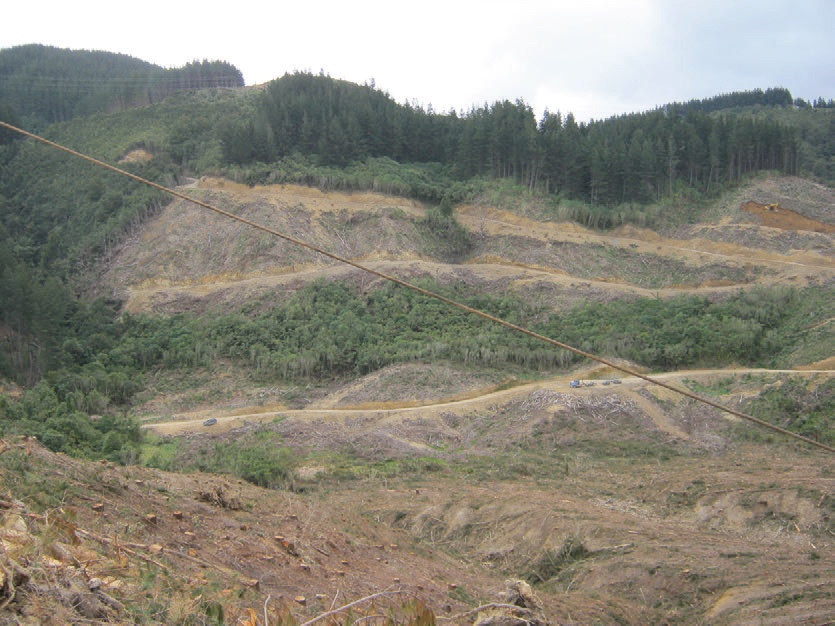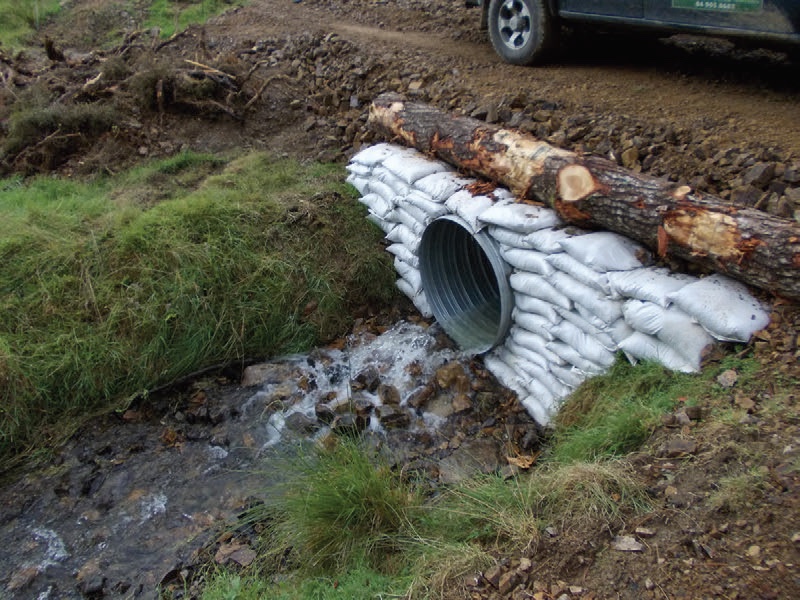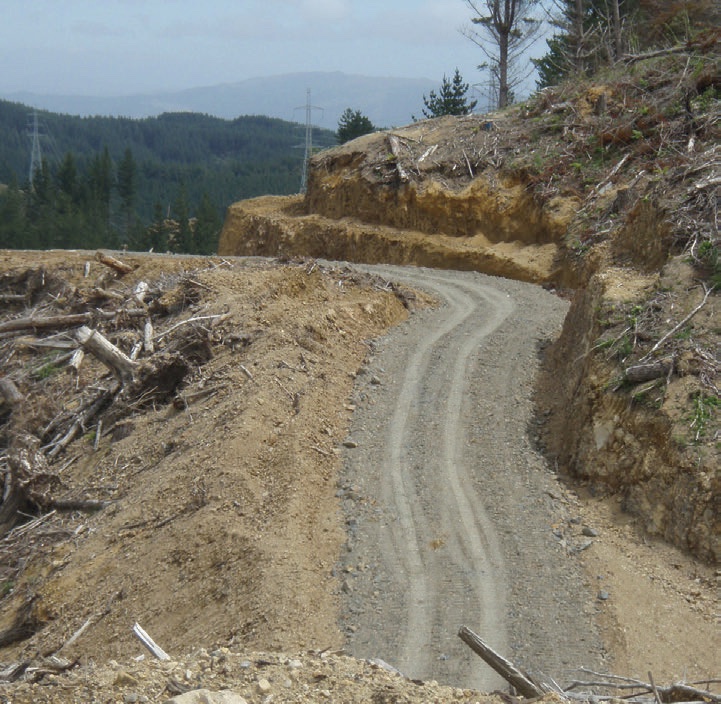A Wellington Regional Council perspective on harvesting
Christina Schierlitz, New Zealand Tree Grower February 2013.
Regional councils in New Zealand have a responsibility to look after the natural resources in their districts. This includes land, water, air, soil, minerals, energy, plants and animals. Harvesting trees from any land is permitted in the Wellington region as long as −
- Harvested areas are re-planted with woody vegetation within 18 months
- The regional council’s soil conservator is notified
- Best environmental practices are used during operations.
Resource consent requirements
Resource consent may be needed for any tracks, landings or stream crossings which need to be constructed or upgraded for logging trucks and other machinery for the tree harvest. This is usually the case for big commercial harvesting and forestry ventures, but consent can sometimes be required for small woodlot operations. It pays to check with your regional council. If tracks need to be built for tree harvesting in the Wellington region, the length and the height of the upslope of an intended track are measured to determine whether consent is needed or not.
For construction of landings and anything else involving soil disturbance, the need for a consent is determined by the volume of soil disturbed and how steep the land is. This means a consent will be needed for any soil disturbance greater than 1,000 cubic metres a day per hectare on land prone to erosion. This is defined as 23 to 28 degrees depending on the erodibility of the land.
The Resource Management Act restricts most activities in stream or river beds. This means any form of disturbance, is prohibited unless allowed by a national environmental standard, a rule in a regional plan or a resource consent. Such disturbance includes putting structures in streams such as bridges, fords and culverts or felling and pulling trees across streams during harvest operations.

Best environmental practice
Even if you do not require consent to harvest your trees, the adoption of best environmental practice is encouraged. Sediment run-off into streams and rivers is the main concern with harvest operations and it is vital that everything possible is done to protect our waterways.
This includes ensuring that −
- Riparian strips of land by riverbanks are excluded from forestry operations, not planted or harvested. It is the most effective measure to reduce long-term effects on the waterways
- Appropriate erosion and sediment controls are installed, such as cut-offs, silt fences and sediment traps, to prevent sediment run-off flowing into waterways
- Stream and river beds are not disturbed and no slash or wood debris is deposited in these water courses during harvesting.

If consents are required it is important that forest operators get them. But it is just as essential that anyone planting or harvesting trees, whether they are a big or small operator, makes sure they minimise the effect on the environment.
Some forestry companies have already committed to best environmental practice by obtaining accreditation for harvest operations. The Forest Stewardship Council is one organisation that provides accreditation as part of its role to promote responsible management of the world’s forests. It is an independent, non-governmental and not-for-profit organisation.
 New natural resource plan
New natural resource plan
All regional plans in the Wellington region are currently being reviewed. It is envisaged that a new natural resource plan for the region will manage water quality problems in rural areas more holistically to cover all types of activity, including forestry.
Greater Wellington Regional Council has also picked up on the proposed National Environmental Standard for Plantation Forest. This uses the susceptibility of land to erosion as the main criteria to determine the level of management required during forestry operations.
This approach targets highly erodible land as high-risk areas and is more permissive for low-risk areas. The new plan will outline improved measures which will allow a more balanced management of natural resources.
Christina Schierlitz is Resource Advisor, Environmental Regulation at the GreaterWellington Regional Council

 Farm Forestry New Zealand
Farm Forestry New Zealand